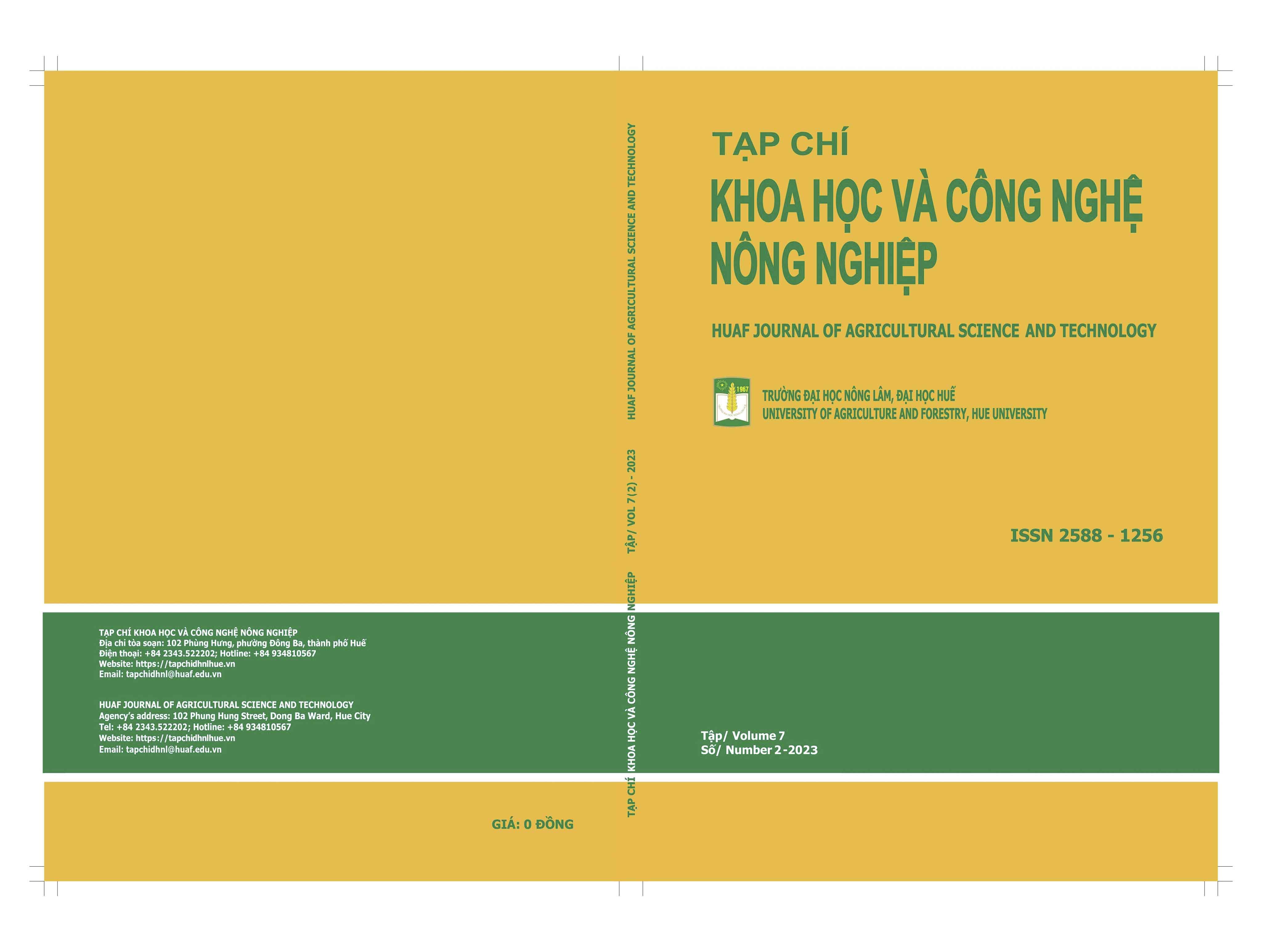##plugins.themes.huaf_theme.article.main##
Abstract
Protective forests in coastal sandy areas play an extremely important role in protection sand-fixing and windbreak, protection and development of people’s livelihoods. Studying on planting techniques for protection forests with Casuarina equisetifolia and Acacia crassicarpa on two groups of site condition II and subgroup of site condition III1 at Le Thuy (Quang Binh) and Trieu Phong (Quang Tri). The findings demonstrated that, the site conditions had a clear influence on the survival rate, the growth indicators and the average growth rate in diameter, height, and canopy diameter of C. equisetifolia and A. crassicarpa at the ages of 24 - 27 months. Both species of afforestation have a high survival rate (over 82 % for C. equisetifolia and 94 % for A. crassicarpa), the growth indicators are developed quite wel on the site type groups with the topography, geomorphology of fixed sand dunes and sandy beaches; the water regime is not flooded in the rainy season and has good drainage capacity compared to the site type groups with the topography, geomorphology of semi-mobile, non-flooded sand dunes or wet regularly sandy beaches in the rainy season.


